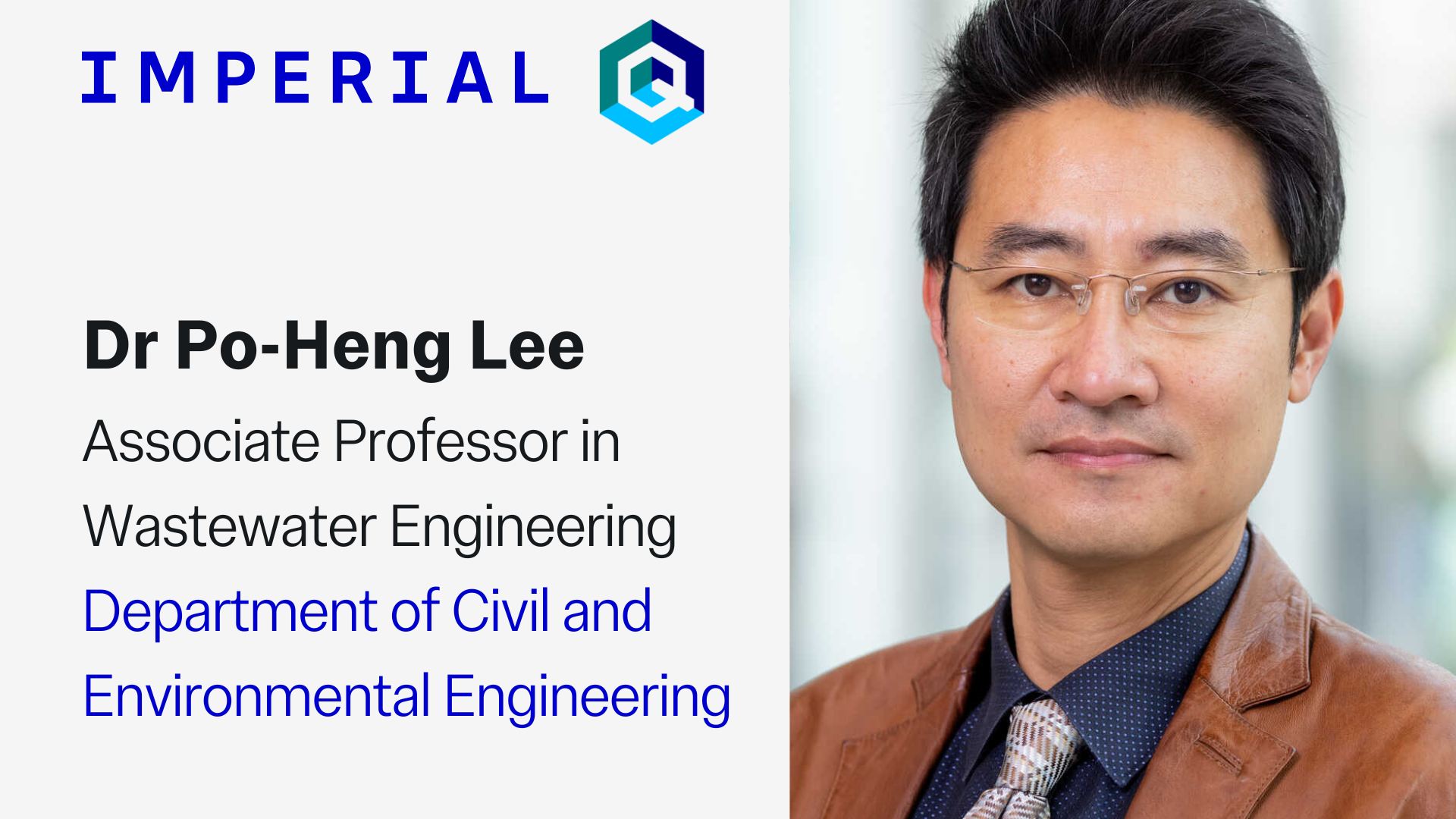
Associate Professor Po-Heng Lee from the Department of Civil and Environmental Engineering at Imperial College London works at the cutting edge of environmental engineering, microbial genomics, and data science. In this blog post, he shares more about his research as part of QuEST (Centre for Quantum Engineering, Science and Technology at Imperial). Associate Professor Lee’s research focuses on understanding microbial communities in wastewater and leveraging that knowledge to develop energy-positive treatment systems, high-grade water reuse, and circular resource recovery. He discusses how he came to this research area, the potential societal benefits of wastewater genomics and AI/quantum-optimized treatment, and the challenges of scaling lab innovations to utility- and city-scale systems.
Can you tell us about your research area?
I work at the intersection of environmental engineering, microbial genomics, and data science to protect environmental and human health. My group analyses microbial communities—and, where appropriate, human-associated genomic signals in wastewater—to understand microbial community dynamics and population health trends. We use these insights to design systems that turn wastewater into resources—clean water, renewable energy, and valuable chemicals—and to develop testable hypotheses about links between environmental exposures and lung development. We integrate real-time sensors, machine learning, and early-stage quantum methods with metagenomics to identify which microbes are present, what they’re doing, and how to guide them—turning genomic insight into practical control strategies and real-world interventions.
What led you to study this area?
I was first drawn to this field by the promise of quantum computing—new optimisation and simulation tools that can tackle microbial-network control and metagenomic pattern-finding problems that are difficult for classical methods. Alongside that, I’ve seen first-hand how water shapes people’s lives. As an engineer, I soon realised wastewater isn’t “waste” at all—it’s a valuable resource. Discovering that microbial communities can both clean water and generate energy—and that genomics, data science, and now quantum methods let us understand and steer those microbes—made this an irresistible, impact-driven area to pursue. Building on this, my work also examines how environmental pollution contributes to hypoxia, aiming to better understand the underlying mechanisms and to inform strategies that protect respiratory health and support healthy lung development.
What are the main aims of your current research?
- Energy-positive treatment. Build wastewater systems that generate more energy (e.g., methane, bioelectrochemical power) than they consume.
- High-grade water reuse for AI data centres. Produce reliable, low-carbon recycled water specifically for AI data-centre cooling (primary and secondary loops), meeting strict quality, corrosion, and biofouling control standards.
- AI and quantum optimisation. Combine machine learning with early-stage quantum methods to solve hard problems (control scheduling, sensor placement, anomaly detection) that challenge classical approaches at scale.
- Circular resource recovery. Recover nutrients (nitrogen, phosphorus), volatile fatty acids, hydrogen, methane (biogas) and bioplastics precursors alongside clean water.
- Pollution → hypoxia → lung development. Link environmental exposure data with biological readouts to test how pollution drives hypoxia and affects healthy lung development.
How could this research potentially benefit society?
Our work delivers cleaner, lower-carbon water systems by using microbe-guided treatment to cut pollution while recovering energy (e.g., hydrogen, biogas) and useful materials (e.g., bioplastics). AI- and quantum-optimised operations lower costs and reduce outages, and high-grade water reuse—especially for AI data-centre cooling—eases pressure on drinking-water supplies during heatwaves and droughts. Privacy-preserving wastewater genomics provides early public-health insight (e.g., antimicrobial resistance) and helps link pollution exposure to hypoxia risks, informing actions that protect children’s lung development. Together, these advances strengthen community resilience and support a more circular economy.
What are the next steps in your research? Are there any challenges ahead?
Next Step: We’ll scale multi-year pilots with utilities and AI data-centre partners to validate high-grade reuse for cooling and energy-positive operation. Plant “digital twins” will fuse sensors, metagenomics, and AI/quantum optimisers, then drive closed-loop control on site. A key push is turning metagenomic reads into operator-ready set-points (aeration, retention time, dosing) to keep beneficial microbes dominant. In parallel, we’ll build privacy-preserving pipelines that link environmental exposure data with wastewater biomarkers to study pollution → hypoxia → lung development, co-designing studies with paediatric respiratory teams to generate testable, clinically relevant hypotheses.
Challenges. Moving from lab to utility scale is hard: biology varies by season and site, and data are noisy with strict privacy and governance requirements. Demonstrating clear, repeatable gains over classical methods for combinatorial optimisation—i.e., genuine quantum advantage—remains an active step. Economics and procurement matter: new sensors, sequencing, and control stacks must beat incumbent costs and integrate with existing assets. For data-centre cooling, long-horizon corrosion and biofouling control are critical. For medical hypoxia, patient data collection is challenging due to ethics, consent, data security, interoperability, and the need for robust de-identification. Interpreting signals and communicating results to clinicians must be rigorous and clinically meaningful. Interdisciplinary collaboration also needs care: many partners are unfamiliar with quantum technique applications, so we provide plain-language briefs, transparent model assumptions, validation benchmarks, and “shadow-mode” trials before live deployment—plus targeted training—so collaborators can interrogate the methods, trust the outputs, and co-design solutions.
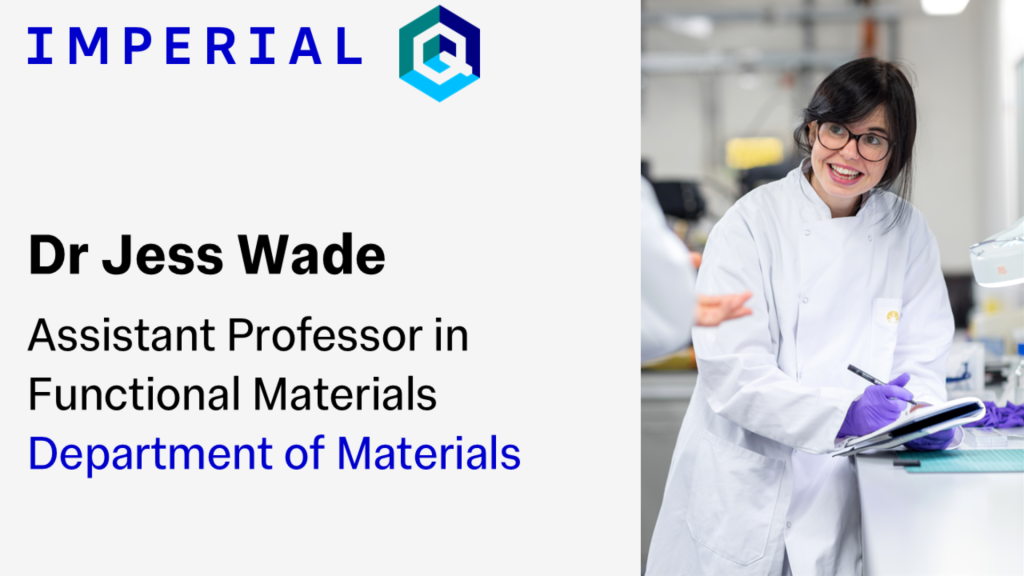
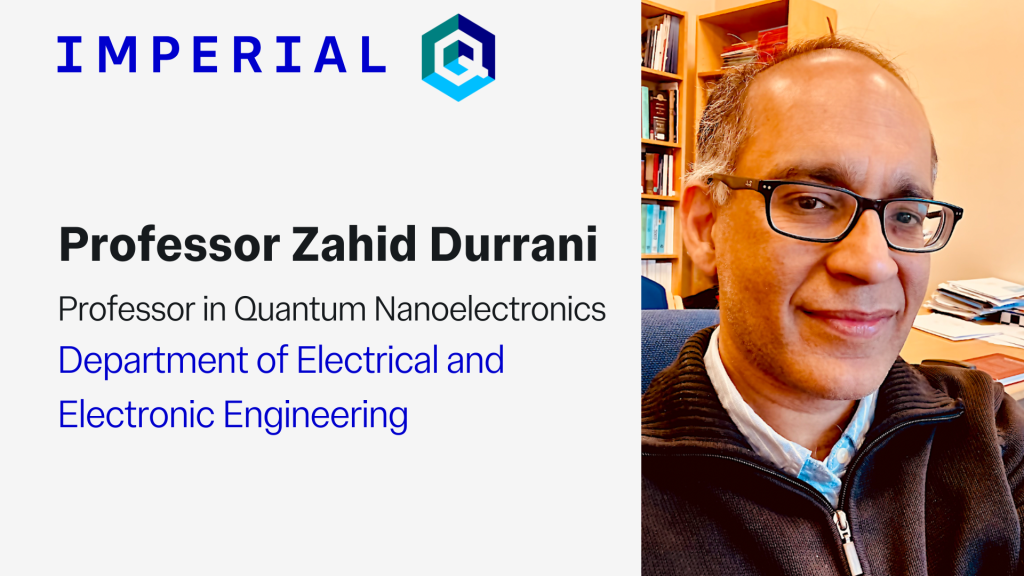

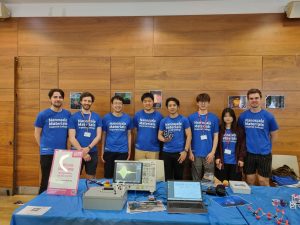 How would you explain your research to someone outside the field?
How would you explain your research to someone outside the field? 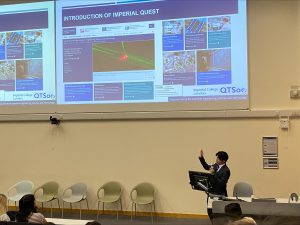 What are the next steps in your research? Are there any challenges ahead?
What are the next steps in your research? Are there any challenges ahead?




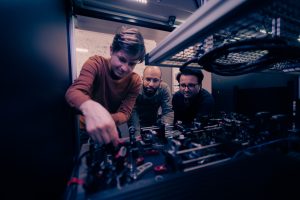 At that time, my university did not offer courses in quantum optics or quantum information, as the field was still in its nascent stages and gaining attention from mainstream science media outlets. The groundbreaking demonstration of Shor’s algorithm by IBM, utilizing NMR, stood as a prominent showcase of experimental possibilities. Making the decision to shift my focus to quantum computing was indeed a leap of faith, given its relative novelty and the absence of established educational pathways. Yet, the potential for immediate and widespread impact of quantum computing research convinced me that this was the right direction.
At that time, my university did not offer courses in quantum optics or quantum information, as the field was still in its nascent stages and gaining attention from mainstream science media outlets. The groundbreaking demonstration of Shor’s algorithm by IBM, utilizing NMR, stood as a prominent showcase of experimental possibilities. Making the decision to shift my focus to quantum computing was indeed a leap of faith, given its relative novelty and the absence of established educational pathways. Yet, the potential for immediate and widespread impact of quantum computing research convinced me that this was the right direction.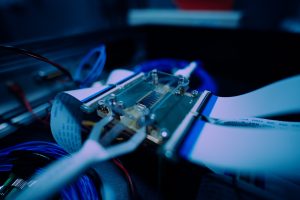 Beyond drug discovery, these devices could contribute to simulators for statistical processes relevant to finance and weather prediction. The speed and efficiency gains offered by quantum computing in these domains have the potential to revolutionise decision-making processes and enhance our understanding of complex high-dimensional systems and data.
Beyond drug discovery, these devices could contribute to simulators for statistical processes relevant to finance and weather prediction. The speed and efficiency gains offered by quantum computing in these domains have the potential to revolutionise decision-making processes and enhance our understanding of complex high-dimensional systems and data. Elizabeth Pasatembou is a Research Postgraduate in the Department of Physics. In this blog post, she shares more about her research as part of QuEST (Centre for Quantum Engineering, Science and Technology at Imperial College London).
Elizabeth Pasatembou is a Research Postgraduate in the Department of Physics. In this blog post, she shares more about her research as part of QuEST (Centre for Quantum Engineering, Science and Technology at Imperial College London). Dr Max Attwood is a UKRI Quantum Technology Career Development Fellow in the Department of Materials. His research focuses on developing organic materials for quantum technologies and a type of quantum sensor called the “maser”.
Dr Max Attwood is a UKRI Quantum Technology Career Development Fellow in the Department of Materials. His research focuses on developing organic materials for quantum technologies and a type of quantum sensor called the “maser”.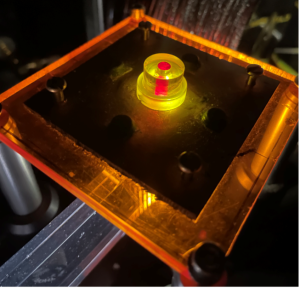
 A significant advantage of masers over contemporary high electron mobility transistor (HEMT) or superconducting interference device (SQUID) based microwave sensors is their remarkable signal-to-noise. To achieve low-noise figures, these devices require cryogenic refrigeration however, masers operate at room temperature.
A significant advantage of masers over contemporary high electron mobility transistor (HEMT) or superconducting interference device (SQUID) based microwave sensors is their remarkable signal-to-noise. To achieve low-noise figures, these devices require cryogenic refrigeration however, masers operate at room temperature.